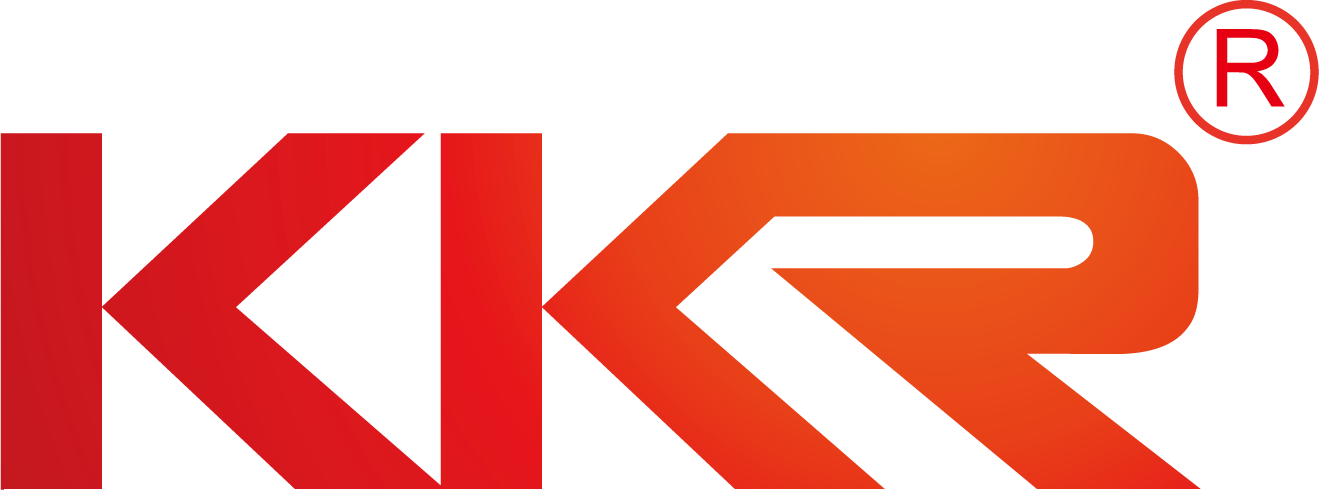 KingKonree - Solid Surface Manufacturer of Sanitary Ware, Solid Surface Countertops & Sheets for over 25 years, innovation in moulding and thermoforming
KingKonree - Solid Surface Manufacturer of Sanitary Ware, Solid Surface Countertops & Sheets for over 25 years, innovation in moulding and thermoforming
1) FLOATING VANITIES
I'm dubbing this the year of the floating vanities. Right from the very start of the New Year, I have possibly 4 bathroom projects, all with the same request: We want a floating vanity. Two will be with vessel sinks (that's another trend the glass bowl vessels have given way to vitreous china) while the other two will be with under-mount sinks. The wonderful thing with floating vanities is that they make a room appear larger while allowing possibilities for under-cabinet lighting.
Stock photography aka not mine. If I can, I'll post some later this year. The lavatory-sink-as-counter still hasn't made it to my showroom as a standard, but trend #2 large-scale tiles on the floors and walls have.
What you should know #1: This style requires under-cabinet bracing to hold up the front too long of a span and the center could sag. This is why you rarely see any photos with 6' 8' vanities for the middle-range residential crowd. (When money is no object, then all sorts of design engineering is available for the luxury market.) For the rest of us considering 2 sink vanities, we're using feet or legs or bumping the vanity into the wall.
What you should know #2: Learned this the hard way a long time ago if you're going to install lighting under the cabinet, make sure that the flooring is a matte or non-sheen finishunless you like seeing a mirrored reflection of the light and cabinet belly. If you do, fine. Make sure the cabinet is finished underneath; they usually aren't.
This was one of mine. Hard to tell but these are 12x24 and 6x6 porcelain tiles in a powder room.
2) LINEAR & LARGE-SCALE TILE/TILE AS WALLPAPER
Theoretically, two trends going on here. Gone are the 4x4s and the 6x6s for all but the period homes. Larger scale tile is being installed on walls other than the shower and backsplash. Note that setting large-scale tile is more time-consuming for a tile-setter (read more expensive to install) as the sub-surface must be completely level under each tile.
What you should know #1: If planning an offset or running bond pattern (you might know it as a subway pattern), the TCNA (Tile Council of North America) recommends that tile should be laid in maximum off-set brick joint of 33% instead of 50%. Many tile manufacturers note this in their installation specifications. (See Crossville Tile's .pdf) Large-scale tile isn't always rectified (completely smooth or square) and tolerances must be extremely fine the larger we increase the tile size. Non-rectified tile can create tripping hazards; on walls, it creates uneven shadows under light. Not all tile is rectified, especially cheaper tile.
What you should know #2: They can't be installed on a standard shower floor given the slope on all sides to the drain, smaller tiles work best. You might be able to install larger-scale tiles in a large luxury shower that has a linear side drain. (It depends on the installation, design, and existing home conditions.) Note the budget-breaking word, Luxury.
3) SEXY BATH ACCESSORIES
Hooray for design! This year, we have a growing awareness of towel bars and holders to be so much more than somewhere to hang towels and robes, plus an acceptance of grab bars as standard.
The key to both of these is, of course, design. Last year, we saw some great design, everything from Jason Wu for Brizo line to Ginger Company's Cinu line, with a wealth of choices in between. (Hey, I always wanted to use the word plethora in a sentence.)
Last year, I specified every single projects with grab bars (for bath projects with showers or tubs, that is). This is a welcome change from they're for old people perception. Personally, I think if I sprain my foot running to catch a plane (hey, it could happen) and I need to get into the shower, holding onto the wall or glass door isn't going to swing it.
I think the key here is that manufacturers have been listening to our pleas for design (hooray!) and finally moving away from the institutional look.
What you should know #1: Bracing inside the walls or behind the sheetrock and tile is a necessity for grab bars, but not always for toilet paper holders, towel bars, or robe hooks. However, if designing for those who like to yank instead of remove, consider bracing for these too.
www.joannesmithdesigns.com
Company Info
Address:Room No. 2408-2508, Building 5A, Longguang Jiuzuan, Longhua District, Shenzhen, China
Zip Code: 518131
Tel: +86 (0)755-82875700
Fax: +86 (0)755-82875921

